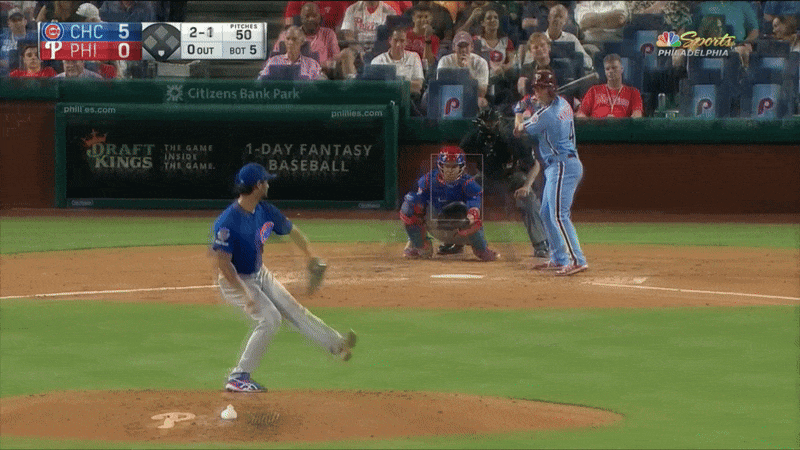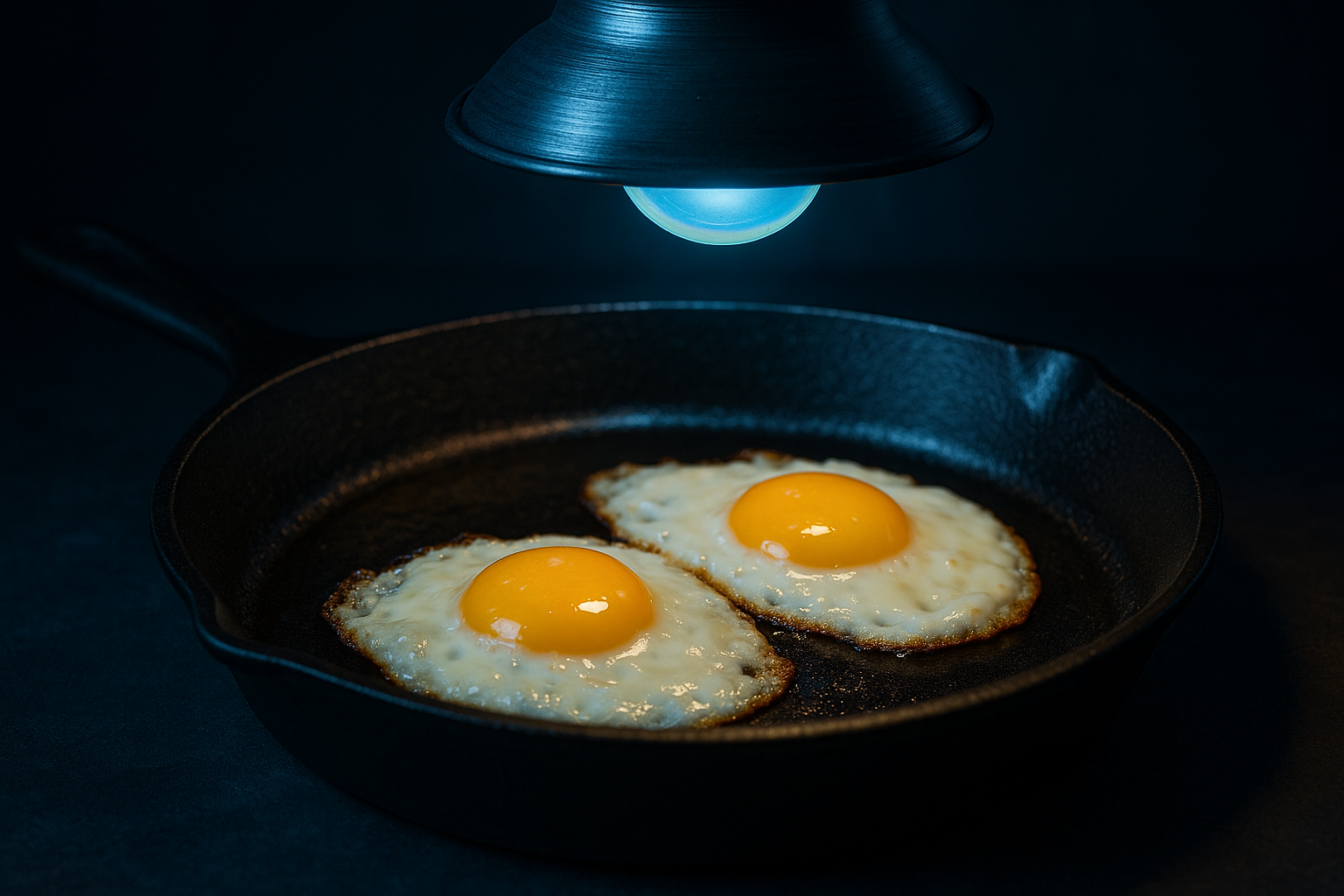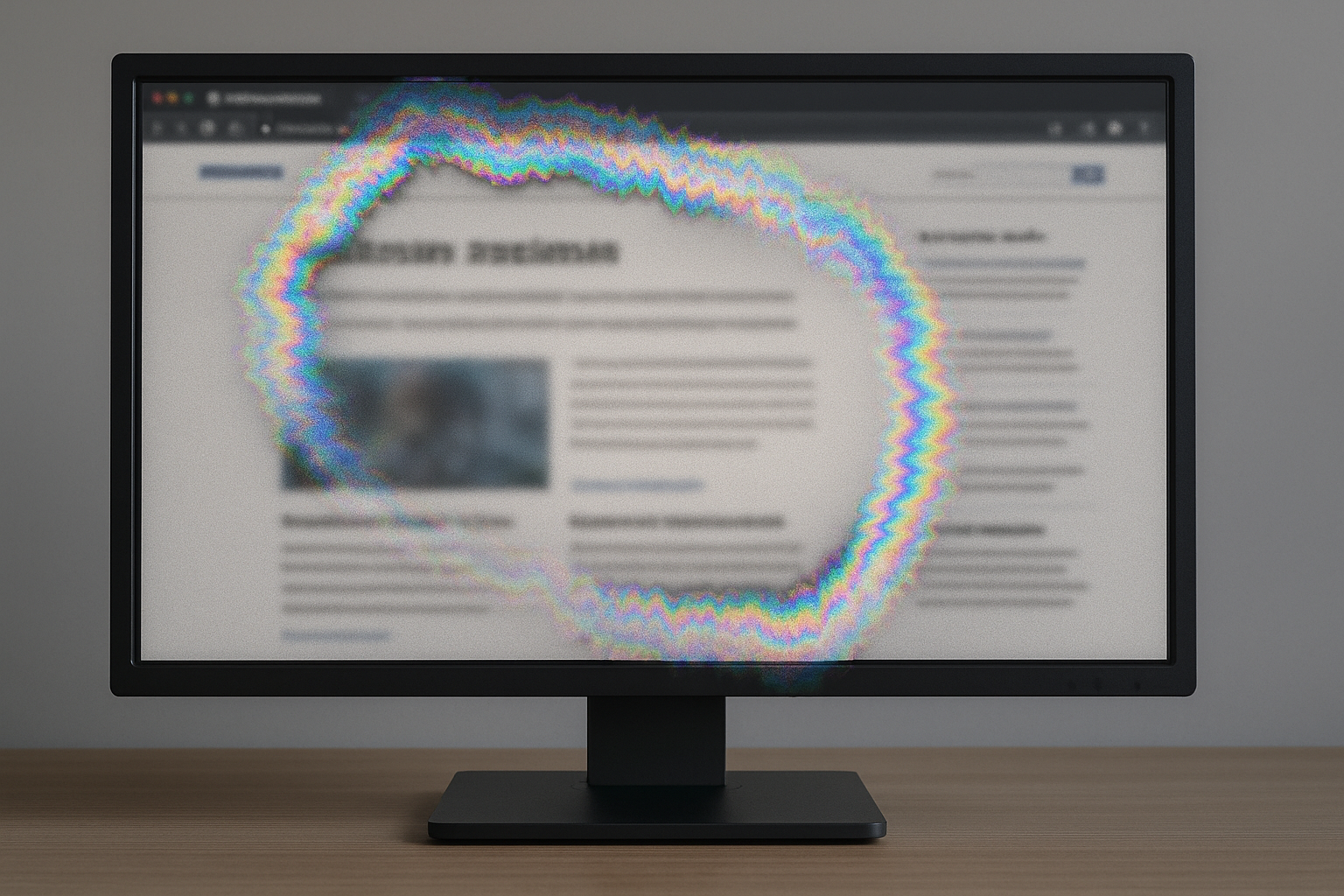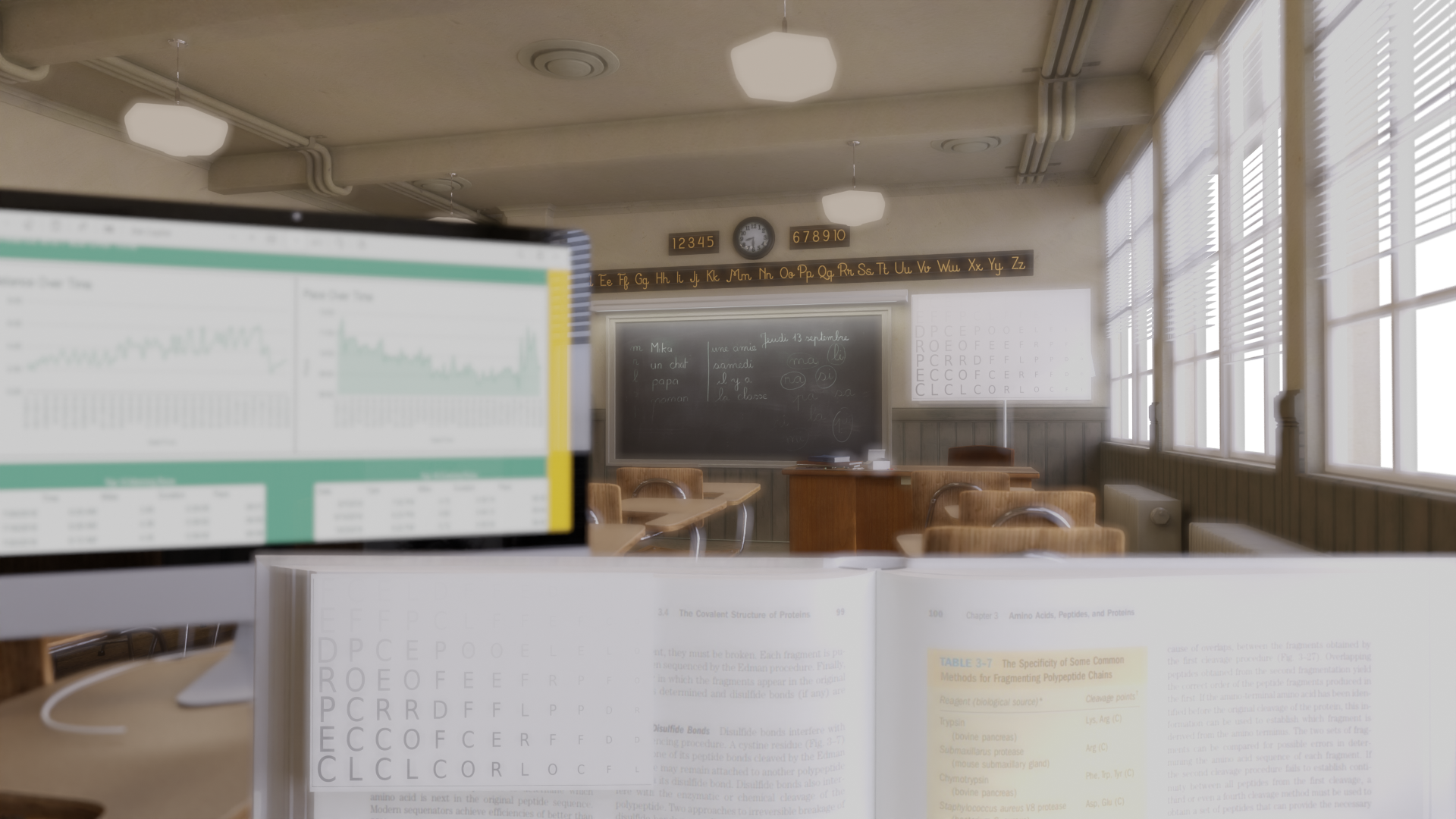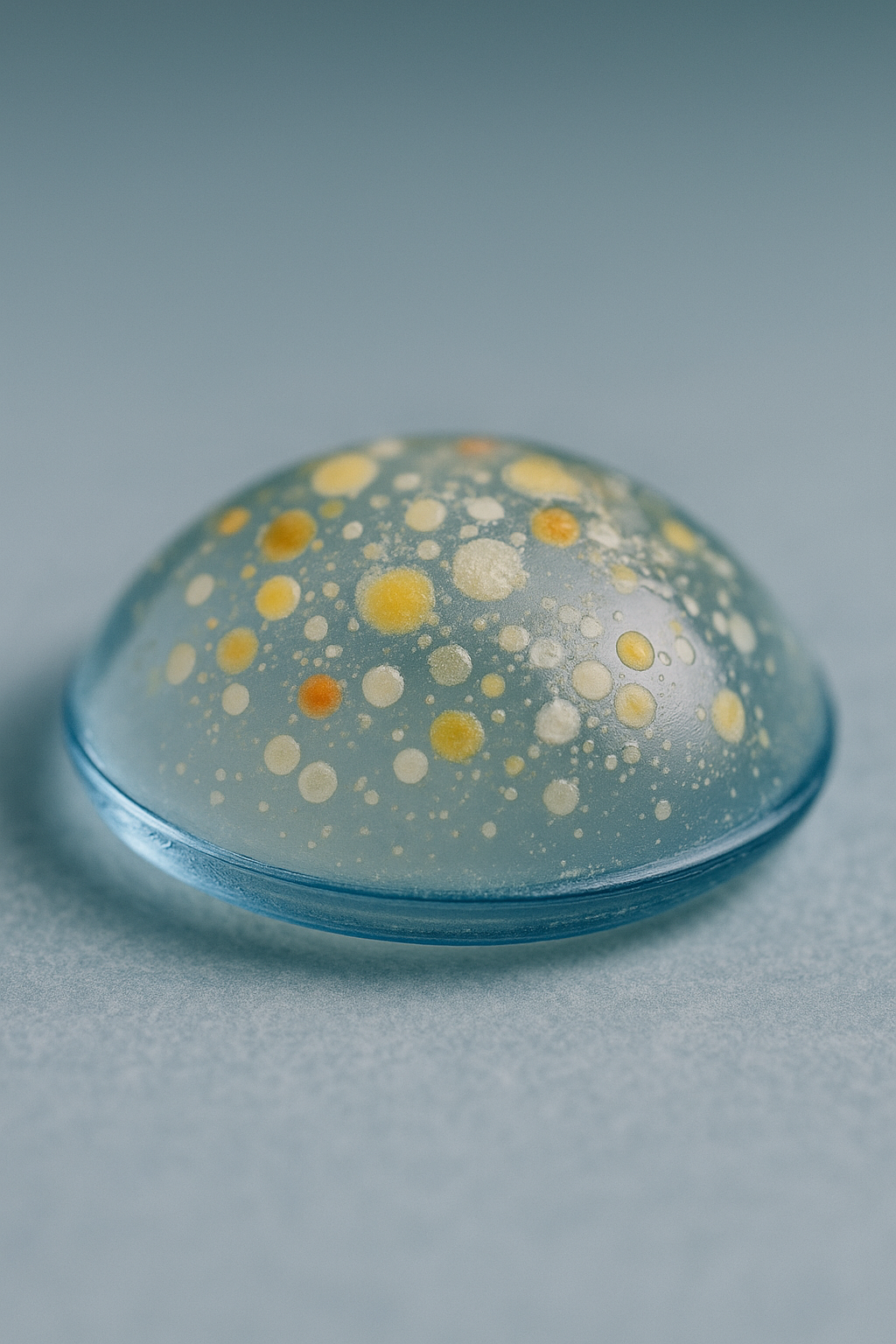Hitting Fastballs, Not Sliders: Polarized Sunglasses Explained
Polarized light and baseball pitches don’t usually belong in the same sentence… but watching the game last night, I couldn’t stop seeing the parallel.
Here’s what struck me: no matter how unique each pitch looked, from the speed, the spin, the location, and the arm angle, the old-school way of tracking a pitcher’s workload treated them all the same. The official scorecard just goes up by one. Fastball? +1. Slider? +1. Change-up? +1. It doesn’t capture the biomechanics or effort (a slider stresses the elbow differently than a fastball, for example). Each pitch is ultimately reduced to a single unit of information: pitch thrown.
And that's kinda like light. Every wave of light bouncing off an object delivers the same “packet” of information to your brain: what color it is, where it’s located, what it looks like. Photons may travel with different orientations, with some oscillating up and down like a ground ball straight to the shortstop, others wriggling sideways like a snake, others cutting at an angle, but when they arrive, your visual system adds them all together. A few photons? A dim red ball. Many photons? A bright red ball. Too many? A glaring red ball that makes you squint.
Now from the Batter’s Perspective
Let’s step into the batter’s box. As mentioned above, every pitch (fastball, slider, or otherwise) still just counts as “one pitch thrown.” Normally, there’s a balance: a few fastballs, some sliders, maybe a change-up. Tough, but manageable. With time to reset between pitches, the batter can read patterns, stay in rhythm, and turn those incoming information packets into a successful at-bat.
But imagine the pitcher suddenly cranks up the volume. Instead of a measured tempo, he starts firing relentlessly. Worse, the mix is no longer balanced and now he’s hammering you with sliders. Sliders are tricky: some look like they’re coming right at your head before breaking into the strike zone. Each one forces you to flinch, reset, and second-guess. The rhythm collapses, and before you can set your stance, the next ball is screaming in.
That’s the batter’s nightmare. And it’s also your eye’s nightmare in bright light: an overwhelming flood of photons (high pitch volume), with a disproportionate number of them oriented the same way (glare).
Can Sunglasses Alone Solve the Problem?
So what happens if you throw on a pair of regular tinted sunglasses? That’s like telling the pitcher: “Could you throw fewer pitches?”
The pitcher obliges. Instead of 20 balls a minute, you’re only seeing 10. That feels better. You can breathe again.
But still there’s a problem: the ratio hasn’t changed. He’s still burying you with sliders. The total workload is down, but the same rhythm-breaking junk pitches dominate the mix. You’re still flinching. Still off-balance. Still struggling to process the information.
That’s why tint alone doesn’t solve glare, and wearing tinted sunglasses in situations with high glare (around water for example) still bothers our eyes and reduces our vision.
Polarized Sunglasses: Cutting the Noise
Now imagine putting up a big sheet of clear plexiglass in front of the plate with a narrow vertical slit cut into it. Suddenly, only the straight fastballs can get through. The sideways-breaking sliders slam harmlessly into the plexiglass and never reach you.
That’s polarization. It filters out light waves oriented in a single, distracting direction (like the horizontal glare off water, roads, and windshields) while still letting through the rest of the useful light that carries the image of the world. You still see the game, but without the relentless barrage of sliders.
The Combo: Tint + Polarization
But wait, we can really stack the deck in the batter’s favor by combining them:
Tint = reduces the total number of pitches (less light overall).
Polarization = changes the mix (filters out the sliders).
Put them together and you’ve got the batter’s dream: a manageable tempo of fastballs, plenty of time to reset your stance, and no distraction from deceptive spin. Your eyes, like the batter, can focus on the right cues, process the information clearly, and perform at their best.
Why It Matters Outside the Ballpark
Glare isn’t just annoying, it can be dangerous. On a bright day, the glare off a windshield or wet road can blind you just long enough to miss what’s happening ahead. Polarized sunglasses strip out that overload, leaving a cleaner, safer visual signal.
And while a MLB batter can't simply step into the batter’s box and request a giant plexiglass slit, you can beat nature’s endless slider barrage by slipping on a pair of polarized shades.
Bottom Line
Normal light = balanced pitch mix → clear vision
Bright light = slider barrage → glare and discomfort
Tint = fewer pitches, but still too many sliders
Polarization = plexiglass slit that removes sliders
Tint + polarization = fastballs only, at a comfortable rhythm
Dr. Robert Burke is an optometrist at Calgary Vision Centre. The thoughts, opinions, and analogies shared above are intended for education and entertainment purposes only (think of them like a friendly explainer, not a personal consultation.) Every set of eyes is different, and the right testing protocol depends on your specific vision needs, health history, and lifestyle. So if you're experiencing symptoms or just have questions about your vision, don’t rely on internet content alone, talk to your optometrist or health care provider directly. We’re here to help, but nothing beats an in-person exam with someone who knows your eyes.

